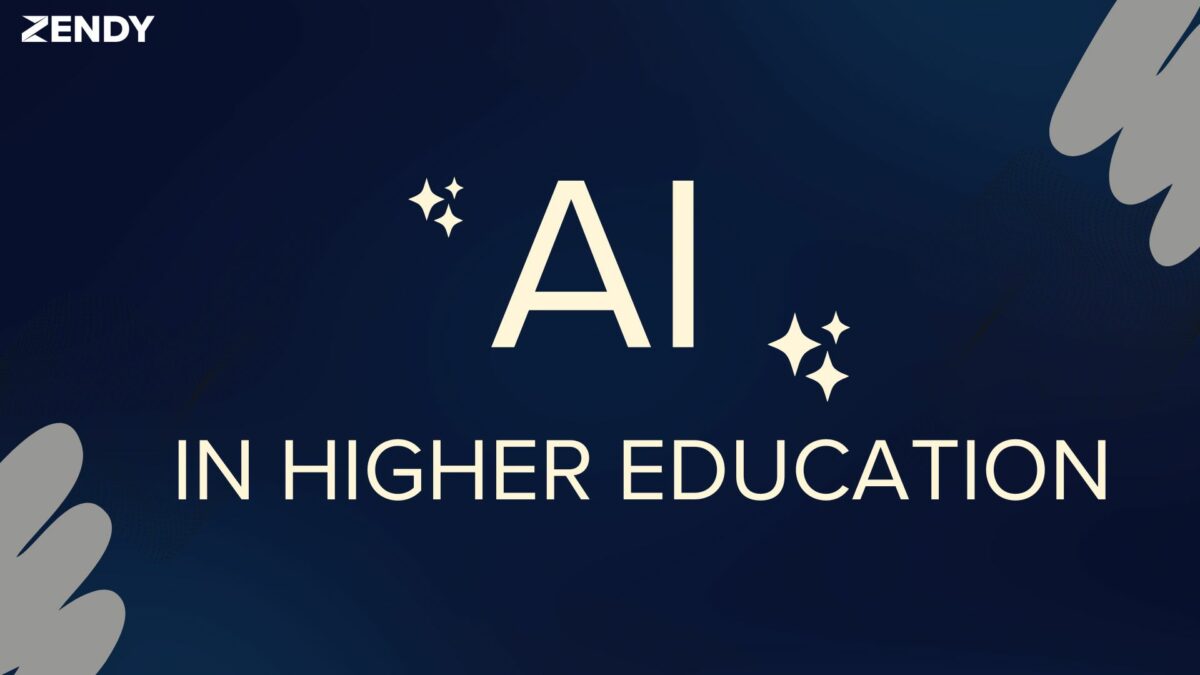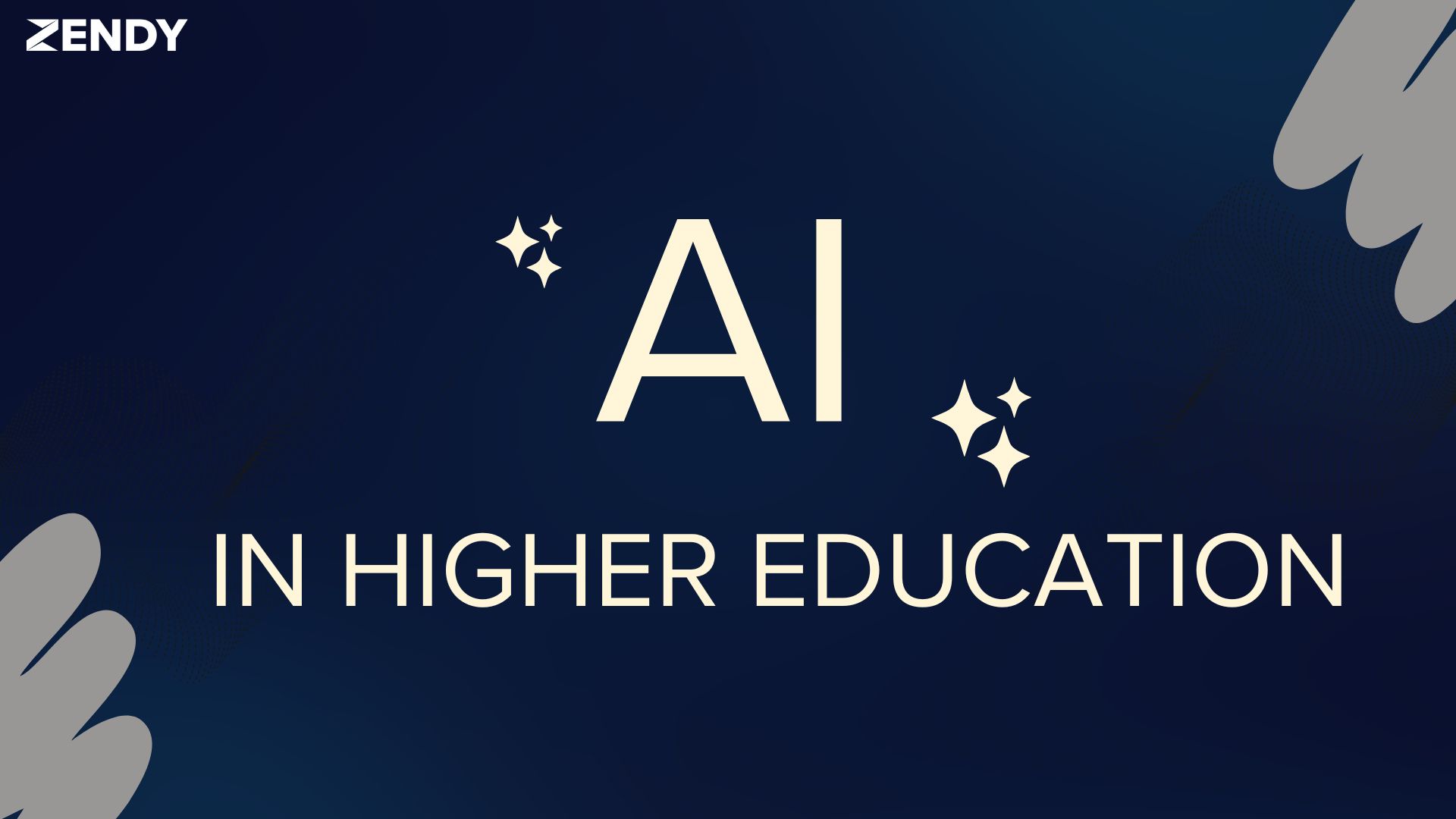
Information literacy is the skill of finding, evaluating, and using information effectively. Data literacy is the skill of understanding numbers and datasets, reading charts, checking how data was collected, and spotting mistakes. Critical thinking is the skill of analysing information, questioning assumptions, and making sound judgments. With so many digital tools today, students and researchers need all three skills, not just to find information, but also to make sense of it and communicate it clearly.
Why Academic Libraries Should Offer Literacy Programs
Let’s face it: research can be overwhelming. Over 5 million research papers are published every year. This information overload means researchers spend 25-30%1 of their time finding and reviewing academic literature, according to the International Study: Perceptions and Behavior of Researchers. Predatory journals, low-quality datasets, and confusing search results can make learning stressful. Libraries are more than book storage, they’re a place to build practical skills. Programs that teach information and data literacy help students think critically, save time, and feel more confident with research.
Key Skills Students, Researchers, and Librarians Need
Finding and Using Scholarly Content
Knowing how to search a database efficiently is a big deal. Students should learn how to use filters, Boolean logic, subject headings and, of course, intelligent search. They should also know the difference between journal articles, conference papers, and open-access resources.
Evaluating Sources and Data
Not all information is equal. Programs should teach students how to check if sources are reliable, understand peer review, and spot bias in datasets. A few practical techniques, like cross-checking sources or looking for data provenance, can make research much stronger.
Managing Information Ethically
Citing sources properly, avoiding plagiarism, and respecting copyright are essentials. Tools like Zotero or Mendeley help keep references organised, so students spend less time managing files and more time on research.
Sharing Findings Clearly
Communicating is sharing, and sharing is caring. It’s one thing to collect information; it’s another to communicate it. Using infographics, slides, or storytelling techniques to make research more memorable. Ultimately, clear communication ensures that the work they’ve done can be understood, used, and appreciated by others.
Frameworks That Guide Literacy Programs
- ACRL Framework: Provides six key concepts for teaching information literacy.
- EU DigComp / DigCompEdu: Covers digital skills for students and educators.
- Data Literacy Project: Helps students understand how to work with datasets, complementing traditional research skills.
These frameworks help librarians structure programs so students get consistent, practical guidance.
Steps to Build a Digital Literacy Program
- Audit Campus Needs: Talk to students and faculty, see what resources exist, and find gaps.
- Set Learning Goals: Decide what students should be able to do at the end, and make goals measurable.
- Select Content and Tools: Choose databases, software, and datasets that fit the library’s budget and tech setup.
- Create Short, Modular Lessons: Break skills into manageable pieces that build on each other.
- Launch and Improve: Introduce the program, gather feedback, and adjust lessons based on what works and what doesn’t.
Teaching Strategies and Online Tools
Flipped and Embedded Instruction
- Students watch a short video about search techniques at home, then practice in class.
- A librarian might join a research methods class, helping students build search strings live.
- Pre-class quizzes on topics like peer review versus predatory journals prepare students for hands-on exercises.
Short Videos and Tutorials
Quick videos (2–5 minutes) can teach one skill at a time, like citation management, evaluating sources, or basic data visualisation. Include captions, transcripts, and small practice exercises to reinforce learning.
AI Summaries and Chatbots
AI tools can summarise articles, suggest keywords, highlight main points, and even draft bibliographies. But they aren’t perfect, they can make mistakes, miss nuances, or misread complex tables. Human oversight is still important.
Free Resources and Open Datasets
Students can practice with free databases and datasets like DOAJ, arXiv, Kaggle, or Zenodo. Using one of the open-access resources keeps programs affordable while providing real-world examples.
Checking if Students Are Learning
- Before and After Assessments: Simple quizzes or tasks to see how skills improve.
- Performance Rubrics: Compare beginner, developing, and advanced levels in searching, evaluating, and presenting data.
- Analytics: Track which videos or tools students use most to improve future lessons.
Working With Faculty
- Embedded Workshops: Librarians teach skills directly tied to assignments.
- Joint Assignments: Faculty design research projects that naturally teach literacy skills.
- Faculty Training: Show instructors how to integrate digital literacy into their courses.
Tackling Challenges
- Staff Training: Librarians may need extra help with data tools. Peer mentoring and workshops work well.
- Limited Budgets: Open access tools, collaborative licensing, and free platforms help make programs feasible.
- Distance Learners: Make videos and tutorials accessible anytime, account for different time zones and internet access.
Looking Ahead
AI, open science, and global collaboration are changing research. AI can personalise learning, but it still needs oversight. Open science and FAIR data principles (set of guidelines for making research data Findable, Accessible, Interoperable, and Reusable to both humans and machines) encourage transparency and reproducibility. Libraries can also connect with international partners to share resources and best practices.
FAQs
How long does a program take to launch?
Basic services can start in six months; full programs usually take 1–2 years.
Do humanities students need data skills?
Yes, focus is more on qualitative analysis and digital humanities tools.
Where can libraries find free datasets?
Government repositories, Kaggle, Zenodo, and university archives.
Can small libraries succeed without data specialists?
Yes, faculty collaboration and online resources can cover most needs.















